When it comes to your hummingbird sugar water ratio, forget what you’ve heard about a 1:4 mix. Science says 1:3 mimics nature best!
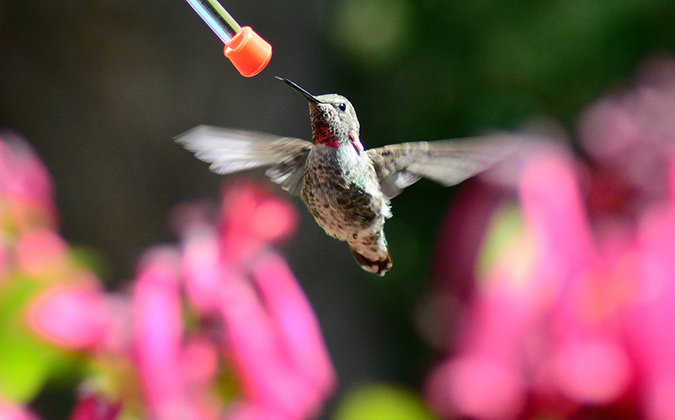
Image by Bryan Hanson from Pixabay
Hummingbird Sugar Water Ratio: Hit the 1:3 Sweet Spot
Not that long ago, we posted an article on homemade hummingbird food. In it, we included a recipe for hummingbird nectar that called for 1 part refined white sugar to 3 parts water. In response to the post, conscientious TGN Community member Kat wrote in with the following concerns.
“Is a 1:3 Hummingbird Food Ratio Really Best?”
“After reading the page about making hummingbird food, I’ve got a question. I’ve been making mine for years, but have always used 1 cup sugar to 4 cups water, not 1:3 like the article says. Everything I find online uses the 1:4 ratio, so I’m wondering why you use a more concentrated syrup?
As a retired vet, I can see where using the thicker syrup might cause the bird to overdose on sugar (if it depends on feeling full to stop eating).
Also, I’ve been feeling uncomfortable about using a pure sugar solution to feed them. I’m trying to eat less sugar myself, and can’t see that it’s the best food for any animal. Have you heard of any vitamin or protein ingredients that one can add to make it a better food? My hummers are at the feeders all day, and I worry that we’re giving them pure energy but not a balanced food.”
Here’s What I Replied
Kat, I just love your kind heart and your concern for the well-being of our hummingbird friends! You asked a couple of excellent questions. I’ll answer them to the best of my ability.
The 1:3 Hummingbird Sugar Water Ratio Imitates Nature
Question #1: Everything I find online uses the 1:4 ratio, so I’m wondering why you use a more concentrated syrup?
There’s a really interesting scholarly article over at the LSU Museum of Natural Science website called “A Primer on Sucrose Solutions.” In it, the author explains the proper way to calculate the concentration of a solution that is formed when a solid is dissolved into a liquid. This formula is different from the formula chemists use to determine a concentration when both components are liquids.
I definitely recommend checking out the above link for the nitty-gritty details. But the bottom line is that websites that say a 1:4 sucrose (refined white sugar)-to-water ratio is a 20% solution are incorrect. Why? These sources are using the liquid+liquid formula and not the solid+liquid formula.
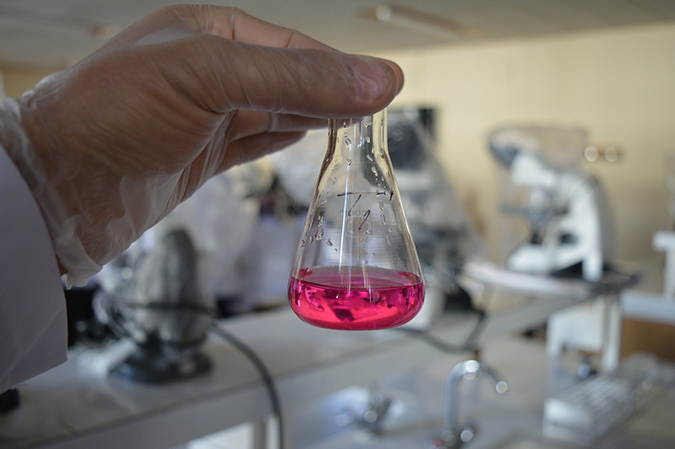
Image by Ahmet Turan İNCE from Pixabay
Using the proper solid+liquid formula, the 1:4 sucrose-to-water ratio actually produces a sucrose concentration of 17.9%.
Using this same solid+liquid methodology, the 1:3 sugar-to-water ratio produces a sucrose concentration of 22.5%.
The article mentions that several published studies have found that the sucrose concentration of the nectar in hummingbird flowers is 23.9%. Therefore, it concludes that “If we wanted to duplicate the sugar content of flowers in our feeders, we would use a recipe of 1 C sucrose : 3 C water, which results in a sucrose concentration of 22.5% (w/w).”
You Might Also Enjoy:
How to Attract Beneficial Insects and Repel Pests Through Garden Design
Supplementing Hummingbird Nectar Is Risky Business
Question #2: Have you heard of any vitamin or protein ingredients that one can add to make it a better food?
Another good question, Kat! Hummingbirds actually eat a whole lot of tiny bugs too,1)http://www.hiltonpond.org/ThisWeek040808.html and I’ve seen the same hummingbirds that swarm our hummingbird feeders sipping at flowers around our yard and even sticking their beaks into my red tomatoes on the vine!
Hummingbirds naturally have a sugar-centric diet. They drink flower nectar and tree sap, both of which have large amounts of sucrose in them. They’ve also been seen to snack on sugary emissions from trees (and even insects!),2)https://www.birdwatchersdigest.com/bwdsite/learn/hummingbirds/what-do-hummingbirds-eat.php which also contain lots of sucrose.
When we fill our feeders with that 1:3 hummingbird food ratio of 1 part white table sugar (sucrose) to 3 parts water, we are essentially mimicking the nectar of the flowers hummingbirds love.
(In fact, the Audubon Society recommends against using anything but refined white sugar in hummingbird nectar: “Honey can promote dangerous fungal growth. Organic, natural, and raw sugars contain levels of iron that could be harmful. Plain white table sugar is sucrose, which, when mixed with water, very closely mimics the chemical composition of natural nectar.”3)https://www.audubon.org/news/how-make-hummingbird-nectar
Stick to a 1:3 Hummingbird Sugar Water Ratio—Nature Will Do the Rest
It’s true that there are some amino acids in flower nectar and tree sap that aren’t present in a sugar-water solution. But hummingbirds have enormous appetites to support their fast metabolism, and they round out their diets with plenty of those amino acids while they’re feasting on tiny bugs and flower nectar.
Regarding whether there’s something that should be added to the liquid to make it more healthful for the hummingbirds, the consensus seems to be that it would be more dangerous to try it than not. This is because there’s simply not enough information on what levels of an additive would be harmful or toxic to them. In fact, the Birdwatching Bliss website says, “To play it safe, just stick with the sugar solution and let the hummingbirds naturally supplement their diet.”4)http://www.birdwatching-bliss.com/hummingbird-food-recipe.html
I agree.
While I completely honor your kind intentions in wanting to provide the best possible nutrition for your hummers, in this instance, I do think it’s a case of “better safe than sorry.”
What Do You Think?
Did you find this insight on the best hummingbird nectar ratio helpful? What sugar-to-water mix will you turn to for your feeders in the days ahead? Let us know in the comments below!
———————————-
The Grow Network is a participant in the Amazon Services LLC Associates Program, an affiliate program designed to provide a means for our team to earn fees for recommending our favorite products! We may earn a small commission, at no additional cost to you, should you purchase an item after clicking one of our links. Thanks for supporting TGN!

The Grow Network is a global network of people who produce their own food and medicine. We’re the coolest bunch of backyard researchers on Earth! We’re constantly sharing, discovering, and working together to test new paths for sustainable living—while reconnecting with the “old ways” that are slipping away in our modern world. We value soil, water, sunlight, simplicity, sustainability, usefulness, and freedom. We strive to produce, prepare, and preserve our own food and medicine, and we hope you do, too!
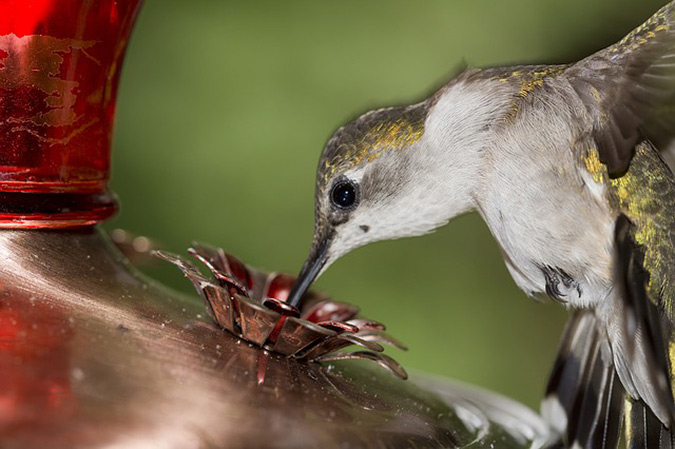
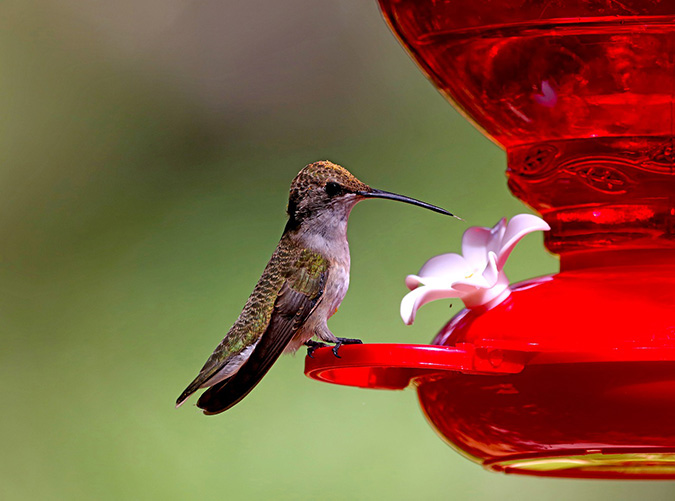
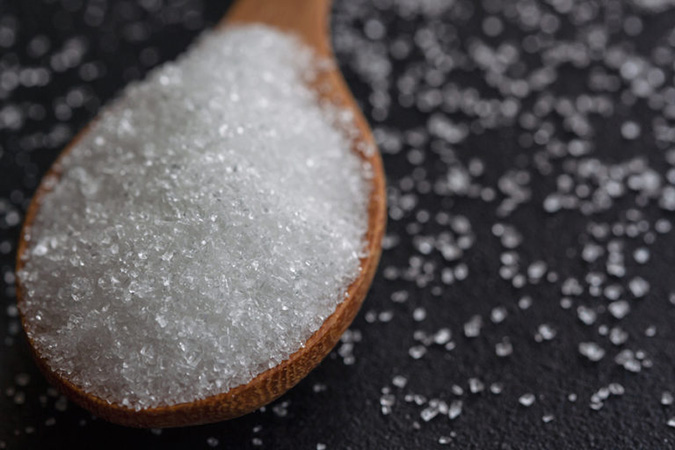
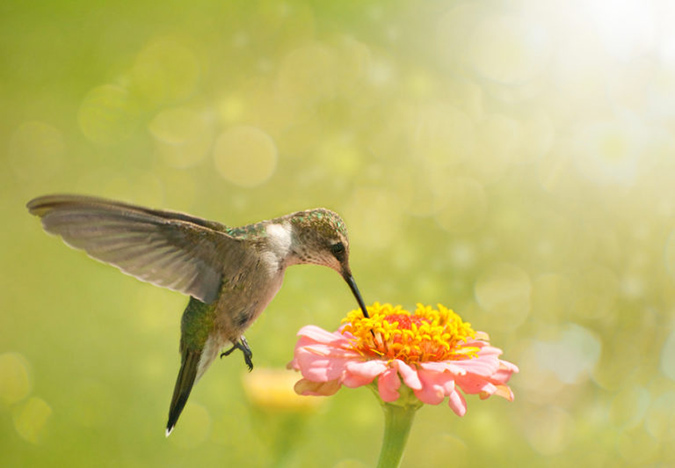







COMMENTS(7)
I use organic sugar in my hummingbird feeders. Also it is important to clean all bird feeders regularly to prevent diseases that can be transmitted to them.
Can I use coconut sugar instead? I don’t own white sugar and I don’t plan on buying any anytime soon.
As the article states, “… Organic, natural, and raw sugars contain levels of iron that could be harmful. ..” Stick to pure white cane sugar. You can purchase a bag to use strictly for the birds, as you would any “pet” food. I understand, and agree, that white sugar has no place in the human diet, but it’s the closest to what the birds get from the flowers, so be it.
Thanks for the article. I’ve always wondered if refined sugar was an appropriate food for the hummers. What about the (toxic) red food color?
Absolutely unnecessary, and probably doing harm. The red and yellow of the feeder attract the birds just fine.
How about ditching the feeders and planting things they like to eat? Feeders need to be fully sanitized daily when temps are over 90 or the molds and such are deadly. Also, the red dye is deadly. I grow Mexican sunflowers aka tithonia. They are annuals for me (zone 5) but are well worth growing every year as they feed so many creatures including hummingbirds.
I have hummingbirds all year long, and read that it is recommended to increase the sugar ratio during very cold weather (which we have here in Central Oregon). Should I use a 1:2 ratio (or something in that range) in very cold weather?